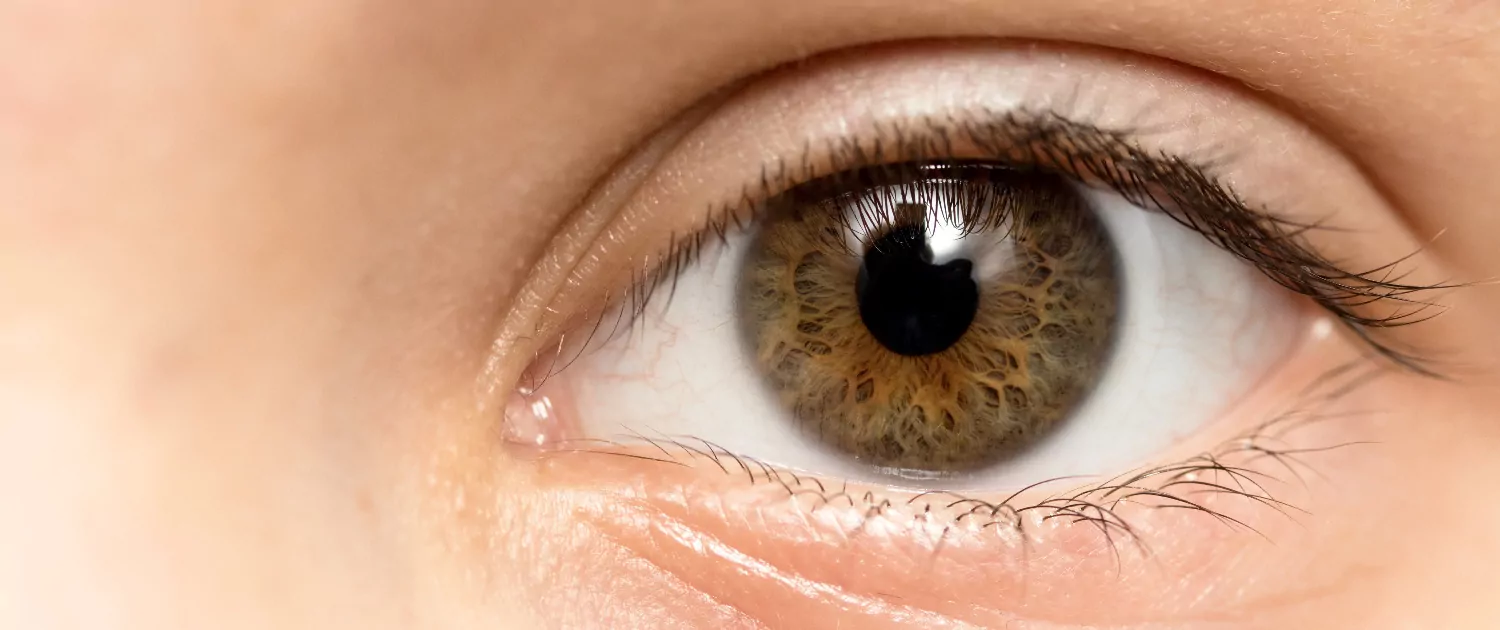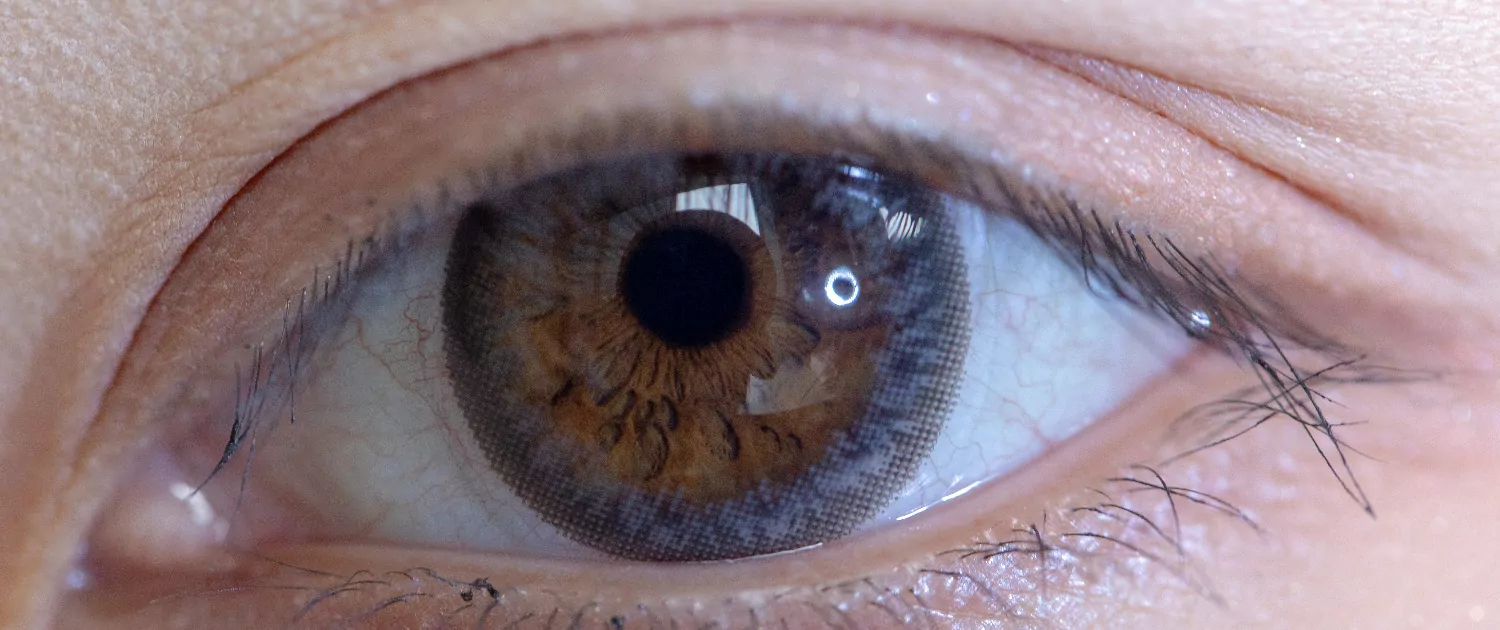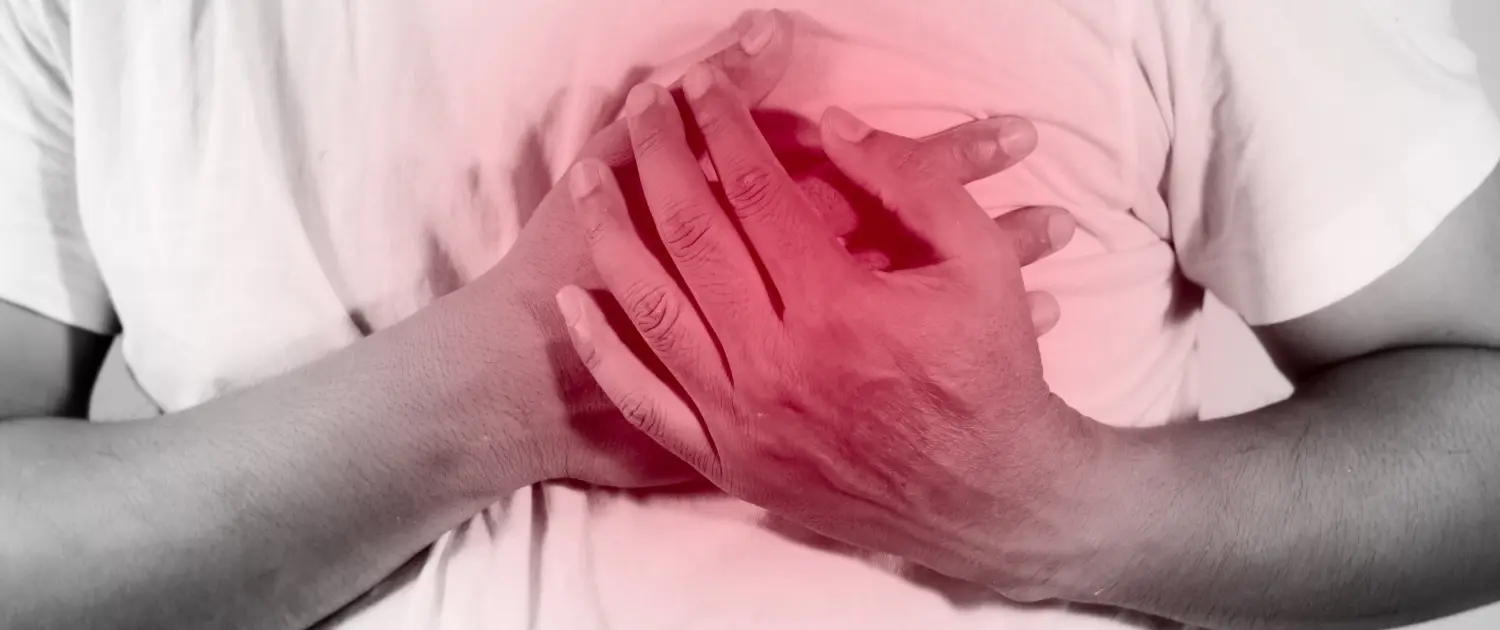What is Eye Pressure (Glaucoma)?
Glaucoma is a term used to describe a range of eye conditions that affect the optic nerve (visual nerve). It is the most common cause of optic nerve damage, which can lead to vision loss in later stages. It is usually caused by insidious slow damage to the optic nerves as a result of fluid accumulating in the eye pressing on the eye. Glaucoma, characterized by high intraocular or intraocular pressure, can develop in some people despite a normal level of intraocular pressure. If left untreated or if necessary precautions are not taken, glaucoma can cause permanent and irreversible vision loss. Glaucoma can occur in both eyes, but usually one eye is more affected. Depending on the opening between the cornea and iris, glaucoma is referred to as open-angle and closed-angle glaucoma. In the open-angle form, one eye may be mildly affected while the other eye may suffer more severe damage. The closed-angle form is associated with a 40% to 80% increase in the likelihood of developing glaucoma in the other eye within 5 to 10 years of occurrence in one eye. blood pressure As a result of the fact that eye pressure affects many organs in the body, patients are researching “what is eye pressure??” they may ponder the question. Glaucoma is also commonly referred to as blackwater disease or glaucoma. Glaucoma, which is among the most important causes of permanent vision loss worldwide, is a slowly progressive disease. The risk of occurrence is especially high in older people. Early diagnosis and treatment is very important for recovery. “What are the symptoms of eye pressure?“, you can learn more about glaucoma by finding answers to questions such as this article. Glaucoma is a group of diseases characterized by progressive damage to the optic nerves (eye nerves). The most prominent common features of this group of diseases include the death of ganglion cells in the retinal layer and the thinning of nerve fibers. Since ganglion cells are the neurons that provide nerve transmission between the central nervous system and the eye, their loss can lead to reduced vision. Glaucoma usually does not cause any symptoms in the early stages. In advanced stages of the disease, some symptoms of glaucoma may appear. Therefore, when admitted to the hospital, advanced stages of the disease may be encountered. Some of the clinical signs of glaucoma are as follows:- Pain in the eyes
- Nausea and vomiting,
- Blurred vision
- Redness of the eye,
- Seeing colors in a ring around the lights.
Types and Symptoms of Eye Pressure
Eye pressure, which has more than one type, is classified as follows:- Open-angle glaucoma: The most common type. It occurs due to a problem with the drainage channels. After months or years of fluid accumulating in the eye, it puts pressure on the optic nerve. Since it does not cause any symptoms, it can be recognized much later.
- Closed-angle glaucoma: It is a rare type and usually occurs suddenly. It can cause symptoms such as eye pain and headache and requires emergency intervention.
- Glaucoma with normal blood pressure: Optic nerve damage can also occur when eye pressure is not high. It is more common in people of Asian descent.
- Congenital glaucoma: As the name suggests, this is the congenital type. Sometimes babies are born in the womb with poorly formed drainage ducts. It can be recognized by doctors at birth or later in childhood.
- Eye pain
- Headache
- Seeing halos around the light source
- Blurred vision
- Reduced visibility
- Changes in the sense of sight
- Nausea or vomiting
- Red eye

Eye Pressure Risk Factors
Some conditions that increase the risk of developing glaucoma are:- Ethnicity: People of color are at higher risk. Asian people are at higher risk of developing closed-angle glaucoma.
- Age
- Diabetes
- Hyperopia or myopia
- Hypertension or hypotension
- Eye injury or surgery
- Long-term use of corticosteroids
What Should Eye Pressure Be?
The intraocular pressure of a healthy individual should be between 10 and 21 mmHg. However, it is also possible for individuals with normal eye pressure to be diagnosed with glaucoma. This condition is called normal pressure glaucoma. In this case, the intraocular pressure is usually below 21 mmHg. But there is damage to the optic nerves, reduction of nerve fibers in the retina and narrowing of the visual field. It is generally considered to be genetically inherited. Other types of glaucoma are usually characterized by high eye pressure. These disease types are as follows:- Open-angle glaucoma: This is a common type. The fluid accumulated in the eye causes an increase in intraocular pressure over time. Patients may not realize this until the intraocular pressure damages the nerves.
- Closed-angle glaucoma: This is an acute (sudden) type of glaucoma. It should be treated immediately as it is progressive.
- Congenital glaucoma: This is a congenital type of glaucoma. It can be recognized during birth, infancy and childhood.
- Secondary glaucoma: It usually occurs as a result of a tumor in the eye, diseases such as cataracts and eye injuries.
- Tonometry test (measurement of intraocular pressure),
- Corneal thickness measurement,
- Optic nerve imaging,
- Visual field test.
Why does eye pressure rise?
Under the question “Why does eye pressure occur?”, patients may be curious about what value the blood pressure will rise to. The pressure inside the eye can rise above 21 mmHg due to some reasons. This usually occurs as a complication of certain diseases, congenital glaucoma, open and closed angle glaucoma. Glaucoma can occur more easily in some cases. Some of the factors that increase the risk of developing the disease are as follows:- 40 years of age and above,
- Increased intraocular pressure,
- Family history of glaucoma,
- Presence of myopia in the eye,
- Hypertension and hypotension ,
- Patients with diabetes with heart disease and hypertension,
- Side effects of some medicines.
What Should Patients with Eye Pressure Pay Attention to?
The main goal during the treatment of glaucoma is to prevent the progression of the disease and improve quality of life by reducing symptoms. In advanced glaucoma, permanent treatment may not be possible. Although different treatment methods continue to be opened up with developing health technologies, the only proven treatment method to date is to reduce intraocular pressure (ocular hypertension). The treatment method may vary depending on the patient’s condition and the type of disease. Generally, medication, surgical intervention or laser treatment is preferred. Patients with glaucoma are advised to be meticulous in their treatment process and to follow the treatments prescribed by their physician. Avoiding factors that negatively affect eye health can help reduce the progression of symptoms. Glaucoma is a progressive, insidious and not immediately diagnosed disease. It may not cause clinical symptoms for many years. Therefore, regular eye examinations are recommended for early diagnosis and treatment.Eye Pressure Treatment
Since glaucoma usually causes no symptoms, it can often be diagnosed in advanced stages. You should therefore first make sure that you have regular eye examinations. For this reason, it is useful to have an eye examination at least every 2 years. Various tests can be performed for eye pressure. These can include a variety of tests such as tonometry, which measures eye pressure; gonioscopy, which checks the fluid between the cornea and iris; and visual field testing. Today, it is possible to monitor eye pressure with instruments that can be used at home. You can find detailed information about this here. When glaucoma is diagnosed, treatment should be started immediately. Because if left untreated, it can lead to permanent vision loss. There are several options for the treatment of eye pressure:- Drug Therapy: There are many prescription and over-the-counter medicines developed for the treatment of glaucoma. Some medications aim to reduce the accumulated fluid, while others aim to improve optic pressure by increasing drainage. The medication lasts a lifetime.
- Laser Treatment: Your doctor may recommend it directly or in addition to medication. Laser treatment can vary in terms of results. More than one application may be required.
- Surgical Treatment: Surgery is more effective than medication or laser treatment. But it may not be suitable for everyone. You can talk to your doctor for more detailed information.
You may be interested in : Blood Pressure Monitoring Device





